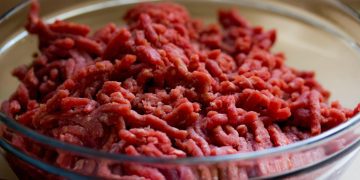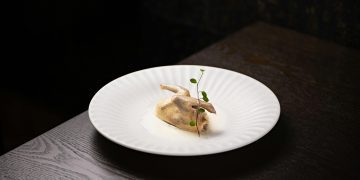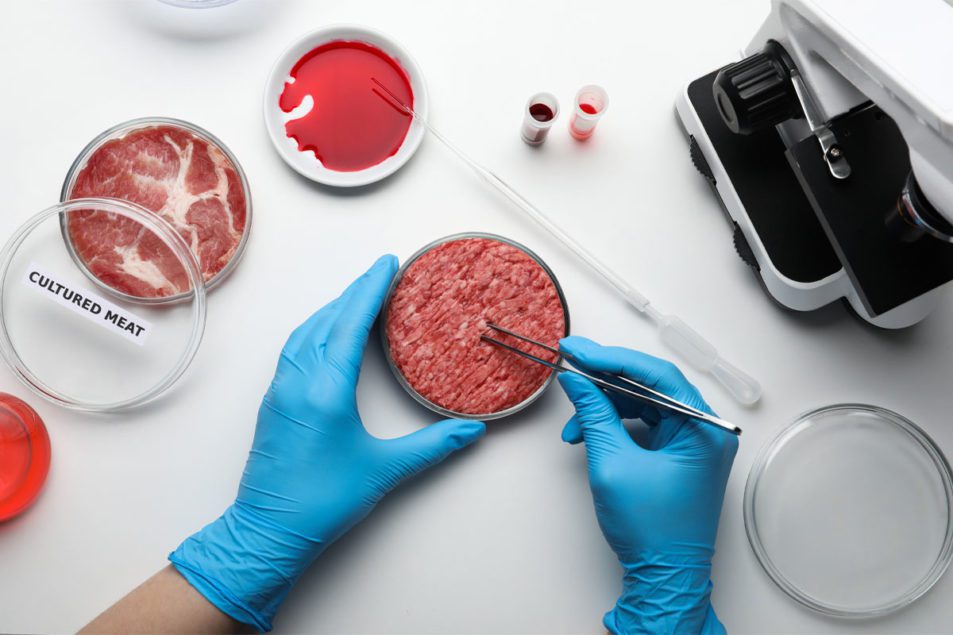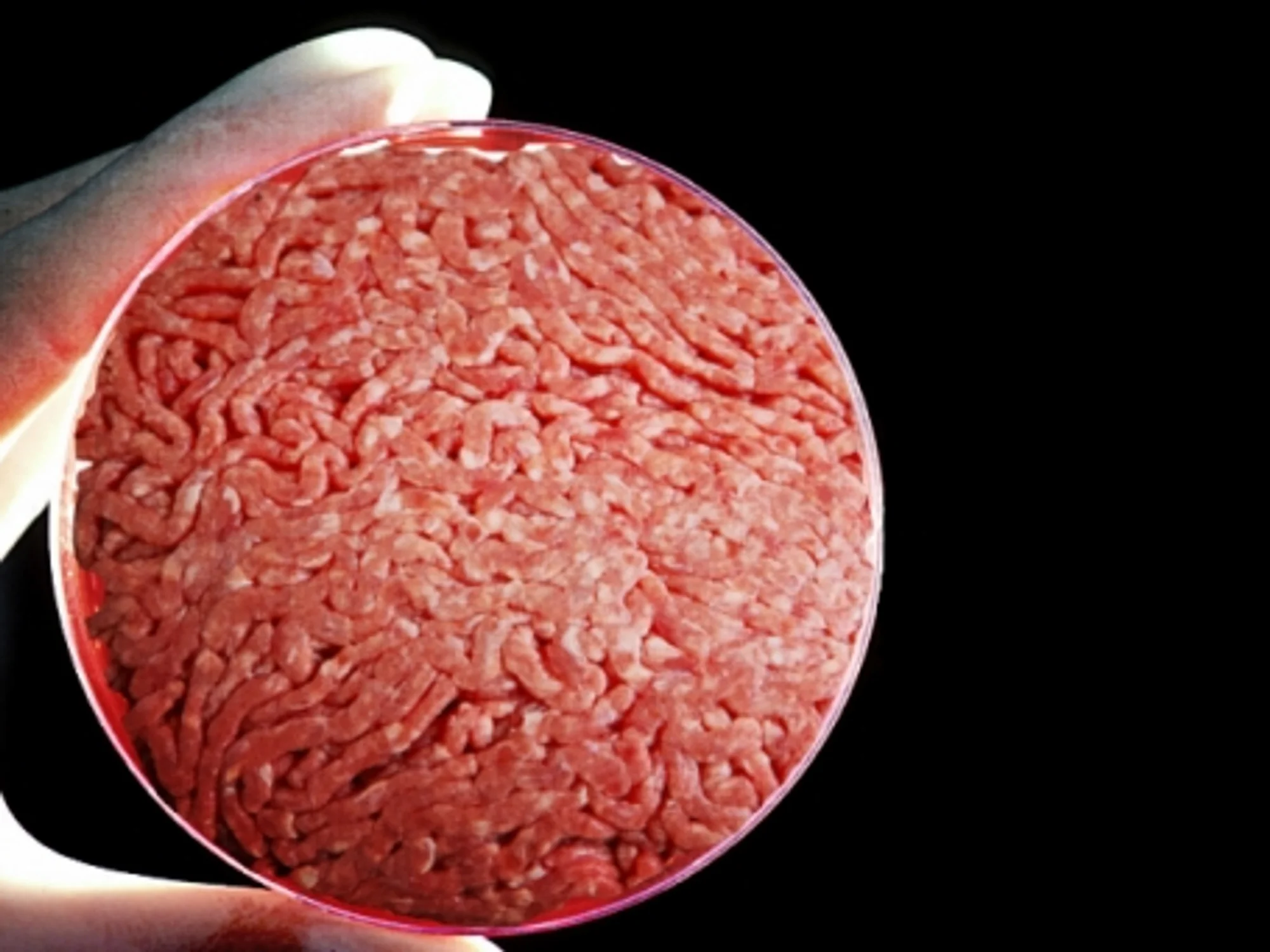Claire Bomkamp,Stacey C. Skaalure,Gonçalo F. Fernando,Tom Ben-Arye,Elliot W. Swartz,Elizabeth A. Specht
Abstract
Cultivating meat from stem cells rather than by raising animals is a promising solution to concerns about the negative externalities of meat production. For cultivated meat to fully mimic conventional meat’s organoleptic and nutritional properties, innovations in scaffolding technology are required. Many scaffolding technologies are already developed for use in biomedical tissue engineering. However, cultivated meat production comes with a unique set of constraints related to the scale and cost of production as well as the necessary attributes of the final product, such as texture and food safety.

This review discusses the properties of vertebrate skeletal muscle that will need to be replicated in a successful product and the current state of scaffolding innovation within the cultivated meat industry, highlighting promising scaffold materials and techniques that can be applied to cultivated meat development. Recommendations are provided for future research into scaffolds capable of supporting the growth of high-quality meat while minimizing production costs. Although the development of appropriate scaffolds for cultivated meat is challenging, it is also tractable and provides novel opportunities to customize meat properties.
The Full Article: https://onlinelibrary.wiley.com/doi/epdf/10.1002/advs.202102908

















